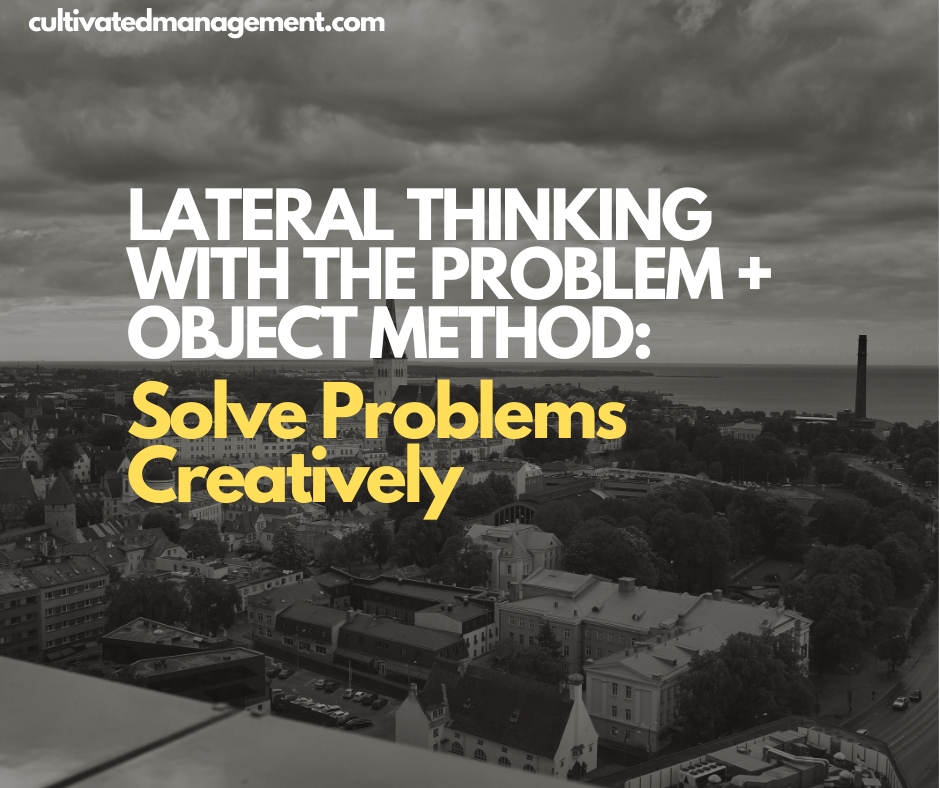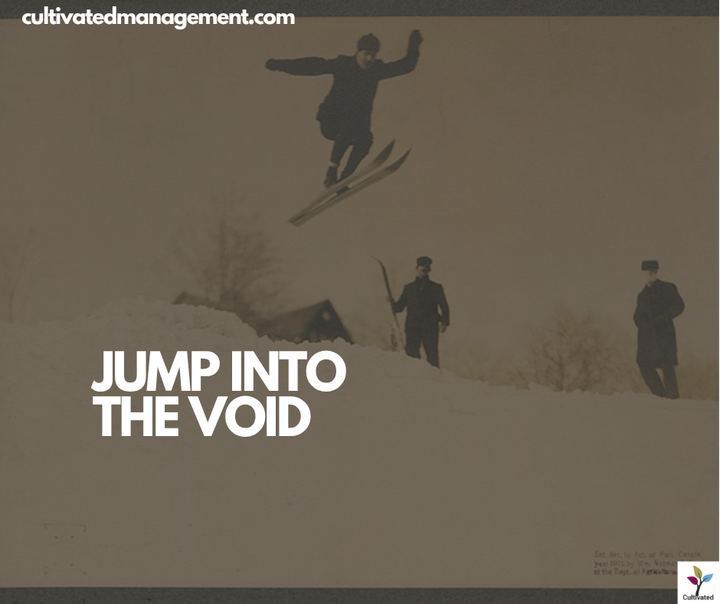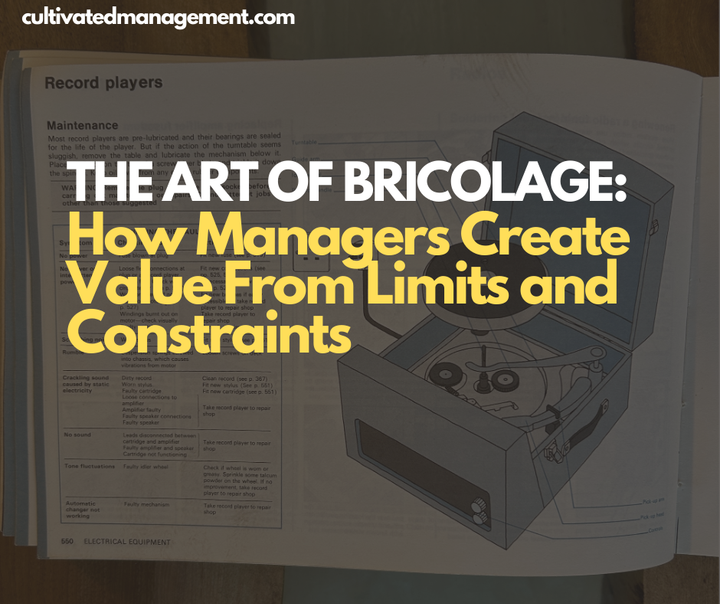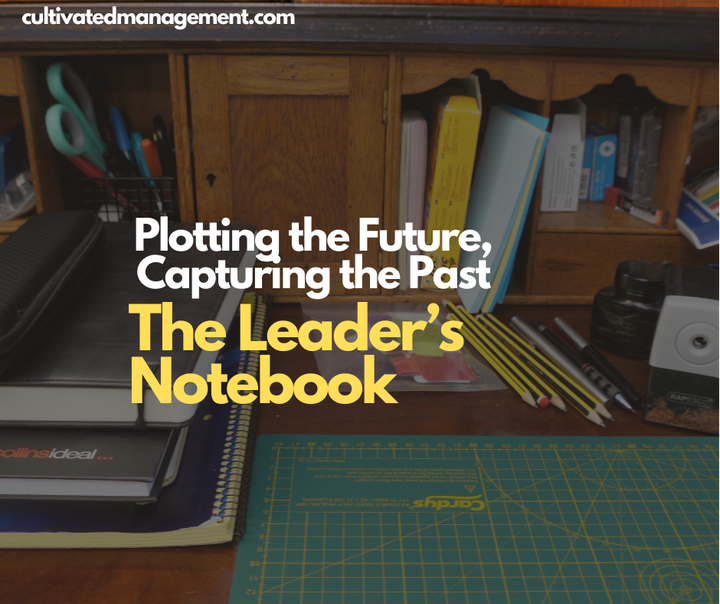Lateral Thinking with the Problem + Object Method: Solve Problems Creatively
Learn how to use lateral thinking and the Problem + Object method to approach challenges from fresh perspectives, generate innovative solutions, and improve decision-making at work.

I often describe myself as a creative soul trapped in a corporate role. My passions are writing, film, radio, photography, and art, but my living comes from management and HR consulting. Yet, creativity has always been central to my work and has helped me solve problems in innovative ways. In fact, I'd argue that creativity and innovation are essential in every business.
In this post, I’ll share creative problem-solving techniques, focusing on the PO Method introduced by Edward De Bono, which can unlock lateral thinking in the workplace.
Why Creativity Matters at Work
Creativity isn’t just about coming up with ideas – it’s about creating something meaningful. Workplaces have more problems than they can solve, so the key is solving the ones that matter for achieving your goals. Creative thinking helps:
- Ask meaningful questions: “What problem are we really trying to solve?”
- Generate innovative solutions that others may overlook.
- Break habitual thinking patterns and see problems from new angles.
Lateral Thinking: Think Broadly
Many employees get so close to their work that they lose perspective. Narrow thinking can lead to solutions that:
- Only address symptoms, not causes.
- Fail to solve the real problem.
- Create new problems for the future.
Lateral thinking helps people expand their thinking before narrowing in on solutions. It’s about exploring widely, seeing patterns, and combining ideas in new ways.
The PO Method: Problem + Object
The PO Method is a simple, practical technique for lateral thinking. It encourages people to think creatively by connecting a problem with an unrelated object and exploring its traits for inspiration.
How It Works:
- Define the problem clearly.
- Pick an object (real or imagined).
- List the traits of the object.
- Ask: How could these traits inspire solutions for the problem?
Example: Staff Retention
Problem: Good employees are leaving. Reasons include poor management, lack of benefits, and limited career growth.
Object: Table
Traits of a table:
- Has legs → strong foundations
- Stable → supports weight, withstands pressure
- Used for gatherings → encourages community
- Provides workspace → productivity
- Comes in different shapes and sizes → flexibility
Creative Solutions Inspired by Traits:
- Strong foundations → improve succession planning, consistent management, fair compensation
- Stability → set clear, stable goals; reduce frequent changes
- Community → create social events, communal workspaces, or networking opportunities
- Workspace → optimise environments for productivity and collaboration
Applying PO in Other Scenarios
The PO method is flexible:
- Objects can be everyday items, images, or even concepts.
- Encourage group brainstorming to generate diverse ideas.
- Some ideas will be impractical or funny – that’s part of the process.
- The goal is to unlock creative solutions and then turn them into actionable outcomes.
Other example objects:
- Curtains → openness, privacy, texture, automation
- Camera → perspective, storytelling, capture, dual use
- Park bench → communal or private use, memories, durability
Why PO Works
The PO method:
- Breaks mental barriers → steps outside conventional thinking.
- Generates ideas quickly → sparks lateral thinking in teams.
- Encourages collaboration → multiple perspectives lead to better solutions.
Even if some participants are skeptical, seeing ideas turn into practical solutions convinces them of its value.
Closing Thoughts
Creativity is essential for solving problems and driving innovation in business. The PO Method is a simple tool to step beyond conventional thinking and find unexpected solutions. Pair it with observation, curiosity, and experimentation, and you’ll be surprised by what your team can achieve.


